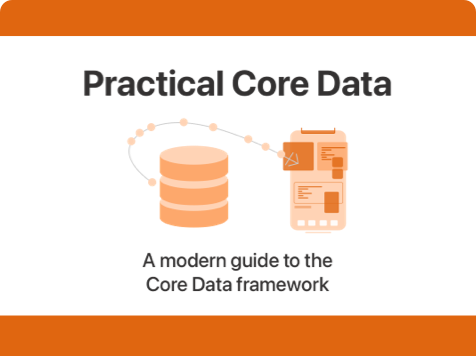Observing changes to managed objects across contexts with Combine
Published on: October 12, 2020A common pattern in Core Data is to fetch objects and show them in your UI using one managed object context, and then use another context to update, insert or delete managed objects. There are several ways for you to update your UI in response to these changes, for example by using an NSFetchedResultsController. I […]
Read post

